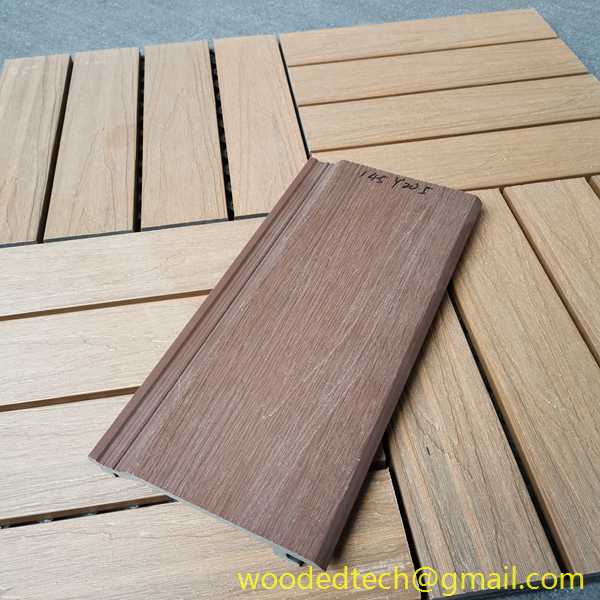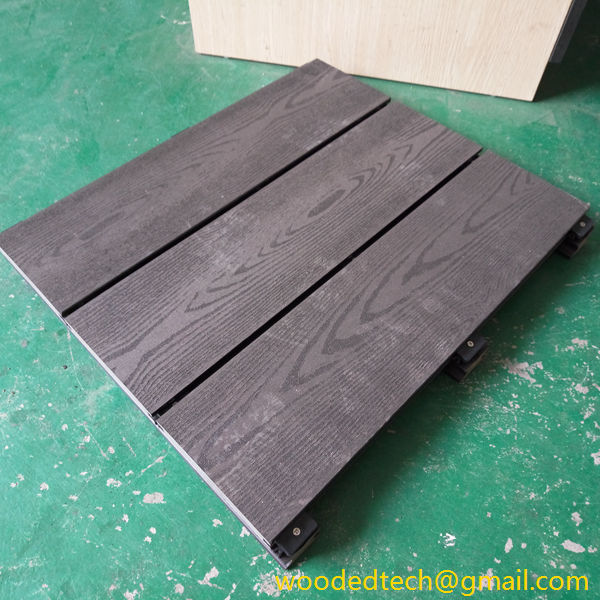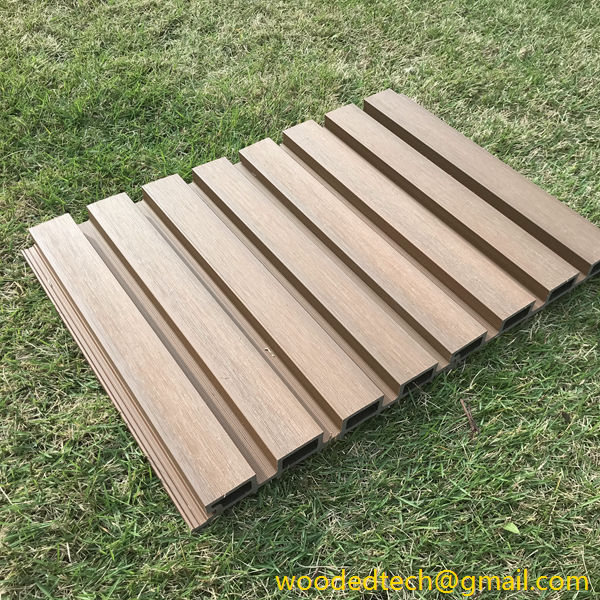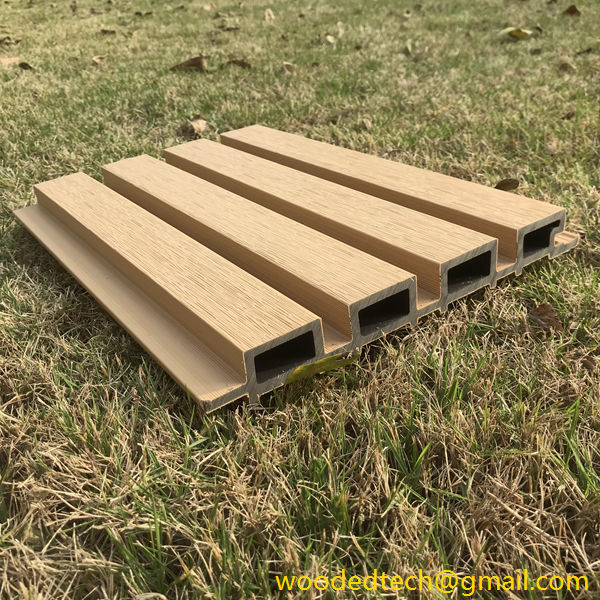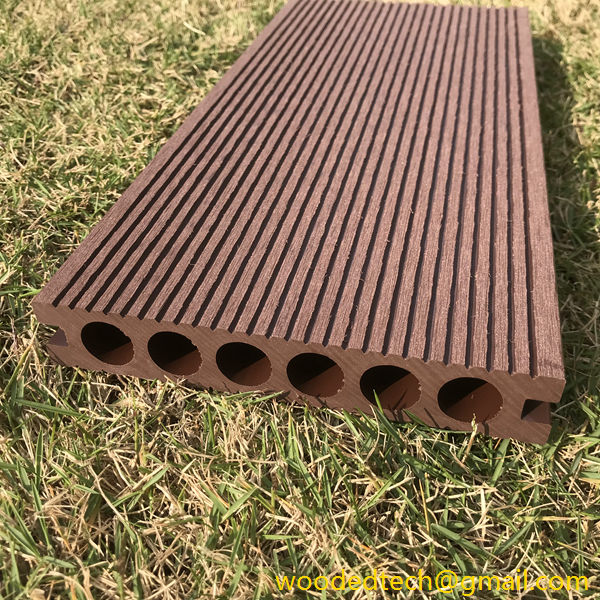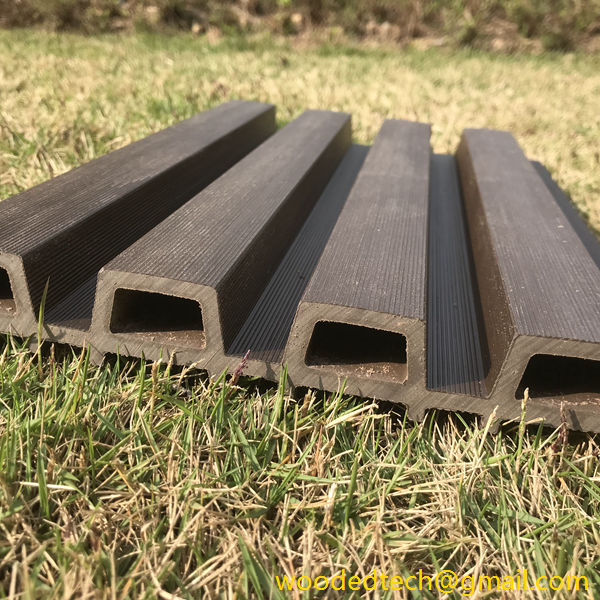WPC Panel Size Considerations for Your Project
When embarking on a construction or renovation project, one of the crucial decisions to be made is the selection of the appropriate materials. Among these, Wood Plastic Composite (WPC) panels have gained significant traction due to their durability, versatility, and aesthetic appeal. However, one critical aspect that often gets overlooked is the size of the WPC panels and how this choice can impact both project efficiency and budget. Understanding the global distribution of production capacities and the associated price advantages is essential in making informed decisions regarding WPC panel sizes for your project.
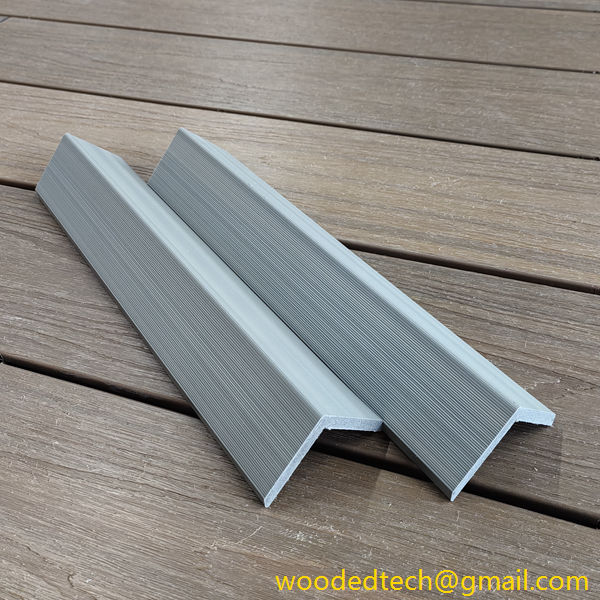
Global production capacities for WPC panels vary significantly across different regions. Countries such as China, the United States, and Germany are leading producers, benefiting from advanced manufacturing technologies and established supply chains. China, in particular, has emerged as the largest manufacturer of WPC products, leveraging its extensive resources and labor market to produce panels at a lower cost. This price advantage is primarily due to the economies of scale achieved in large-scale production facilities, which can significantly reduce the unit cost of WPC panels.
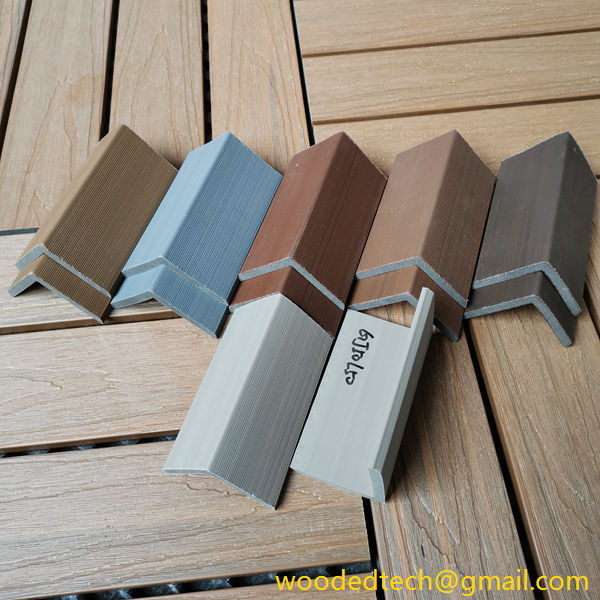
The size of the panels you choose can directly influence your project’s overall cost. Larger panels can reduce the number of seams and joints required in installation, which not only saves on labor costs but also enhances the aesthetic appeal of the finished product. However, it is essential to consider transportation costs, as larger panels may incur higher shipping fees, especially if your project is located far from the manufacturing facility. In contrast, smaller panels might be easier and cheaper to transport but could lead to increased labor costs during installation due to the need for more pieces.
Another important factor to consider is the availability of WPC panel sizes in different markets. Depending on your project’s location, certain sizes may be more readily available than others. In regions where WPC production is concentrated, you may find a wider variety of sizes at competitive prices. Conversely, in areas with limited access to WPC manufacturing, you may have to pay a premium for specialized sizes or face longer lead times for delivery. Therefore, it is prudent to assess the local market conditions and production capabilities when selecting the size of WPC panels for your project.
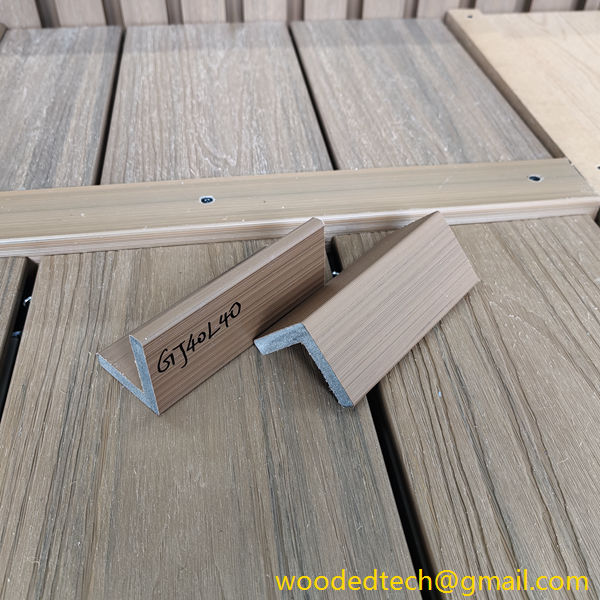
The price advantage of WPC panels can also be influenced by currency fluctuations and trade policies. For instance, if a country imposes tariffs on imported WPC materials, it can significantly increase the overall cost for consumers. Conversely, favorable trade agreements can lead to lower prices and improved access to a variety of panel sizes. Understanding these factors is critical as they can impact your project’s budget and timelines.
In addition to considering production capacities and pricing, it is vital to assess the specific requirements of your project. Different applications may call for different panel sizes based on design and structural needs. For example, if you are designing a large outdoor deck, opting for larger WPC panels can streamline the installation process and create a more cohesive look. On the other hand, if your project involves intricate designs or tight spaces, smaller panels may be more appropriate.
Furthermore, it is also important to account for the environmental considerations associated with WPC materials. The sustainability of WPC panels often depends on the source of the wood fibers and the type of plastic used in production. Therefore, when selecting panel sizes, it is beneficial to inquire about the sourcing practices of your chosen manufacturer. Opting for panels produced from recycled materials or sustainably sourced wood can not only enhance your project’s environmental credentials but also potentially reduce costs.
Ultimately, the decision regarding WPC panel sizes for your project should be a well-rounded consideration of production capacities, pricing structures, project requirements, and environmental factors. Conducting thorough research on the global market and understanding local supply chains will empower you to make informed choices that align with both your budget and project goals.
In conclusion, selecting the right size of WPC panels requires careful consideration of global production capacities and price advantages. By evaluating these factors alongside your project’s specific needs, you can optimize your material choices, ensuring that your project is completed efficiently and cost-effectively. Whether you are aiming for a contemporary aesthetic or seeking durable solutions for outdoor applications, understanding the nuances of WPC panel sizes will lead you to the best outcomes for your construction endeavors.

